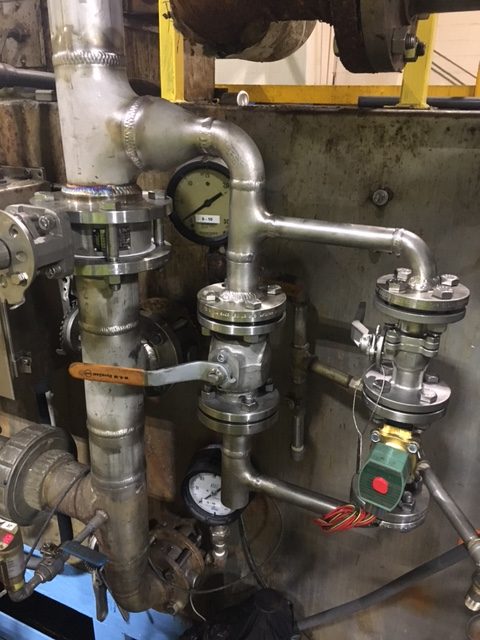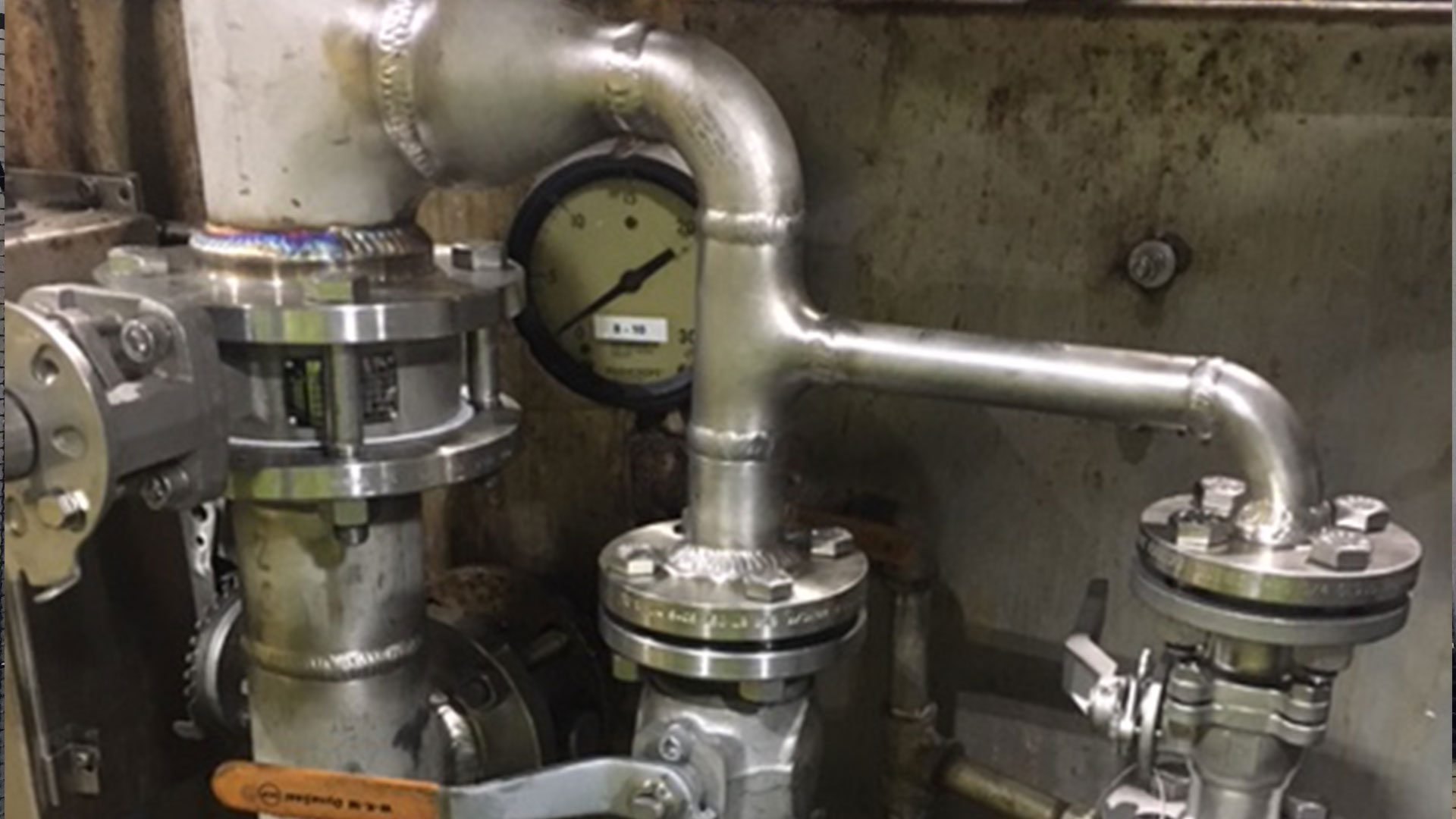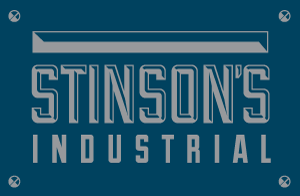Pipe Fitting Services
Do you need a piping system installed or repaired? Give us a call and tell us your specs. We’ll match the right process and materials to create high-quality piping that will last. We keep up with the latest ISO standards – your piping will meet or exceed these quality standards.
There are various materials that pipes can be manufactured from along with different techniques for joining and finishing them. We’ll go through each briefly here.

Steel Pipe
At one time, this was the best choice for transporting water or flammable gases. The benefit is that it can withstand high temperatures and stands up well over time. Stainless steel is a better option where corrosion might be a problem.
Chrome alloys can also be used to impart extra strength to the material. The steel pipes will generally need to be joined using TIG welding for higher-pressure applications.
Copper Pipe
Copper is often used when connecting hot and cold water supplies. It might also be used in HVAC systems to carry refrigerant. You’ll need to choose between rigid or soft copper. The pipes are joined by soldering, compression, or a flare connection. The advantage of copper is that it is very resistant to corrosion and easily shaped. The downside is that it is costly.
Soft copper is used in situations where the pipe has to wind around obstacles. To make the copper more malleable, more processing is necessary. As a result, this will cost a little more.
Rigid copper makes a good choice if you need to install water lines. The downside is that it can’t be bent – if you need it installed around corners, you’ll need an elbow joint.
Do you need a piping system installed or repaired? Give us a call and tell us your specs. We’ll match the right process and materials to create high-quality piping that will last. We keep up with the latest ISO standards – your piping will meet or exceed these quality standards.
There are various materials that pipes can be manufactured from along with different techniques for joining and finishing them. We’ll go through each briefly here.
Steel Pipe
At one time, this was the best choice for transporting water or flammable gases. The benefit is that it can withstand high temperatures and stands up well over time. Stainless steel is a better option where corrosion might be a problem.
Chrome alloys can also be used to impart extra strength to the material. The steel pipes will generally need to be joined using TIG welding for higher-pressure applications.
Copper Pipe
Copper is often used when connecting hot and cold water supplies. It might also be used in HVAC systems to carry refrigerant. You’ll need to choose between rigid or soft copper. The pipes are joined by soldering, compression, or a flare connection. The advantage of copper is that it is very resistant to corrosion and easily shaped. The downside is that it is costly.
Soft copper is used in situations where the pipe has to wind around obstacles. To make the copper more malleable, more processing is necessary. As a result, this will cost a little more.
Rigid copper makes a good choice if you need to install water lines. The downside is that it can’t be bent – if you need it installed around corners, you’ll need an elbow joint.

Soldered Connections
These fittings are a good choice when you need a smooth join. Each end of the pipe or the connectors are well-cleaned and then covered in flux. This ensures a stable base that doest allow any surface oxide to form. Oxidation at this stage would weaken the join.
The flux is then melted. When it cools and hardens, the join is permanent. Soldering is quicker and more cost-effective than flare or compression fittings.
Compression Connections
These are made from a thermoplastic ring or soft metal. The material is squeezed out onto the pipe and also into the fitting itself. Because the material is pliable, it fills in all the gaps and forms a seal. These fittings don’t require specialist techniques like soldering but will need periodic retightening.
Crimped Connections
These are made using copper. The fittings are attached to rigid tubing made out of copper. The fittings themselves have a sealant in them and are slid over the tubes that are being connected. High pressure is then used to crimp the fitting in place and create the seal.
This usually creates a superior join compared to compression connections and is the option that looks the cleanest when done. It is also easier than most other methods and doesn’t require any welding.
On the downside, crimped fittings can’t be changed or refitted. If a mistake is made in the join, the whole section will need to be removed.

Speak to our team about finding the best piping for your needs. We offer:
- Utility Piping
- Process Piping
- Sanitary Tubing
- Steam Piping
- Threaded Pipe
- Hydraulic Lines
- Compressed Air Piping
…and more.
